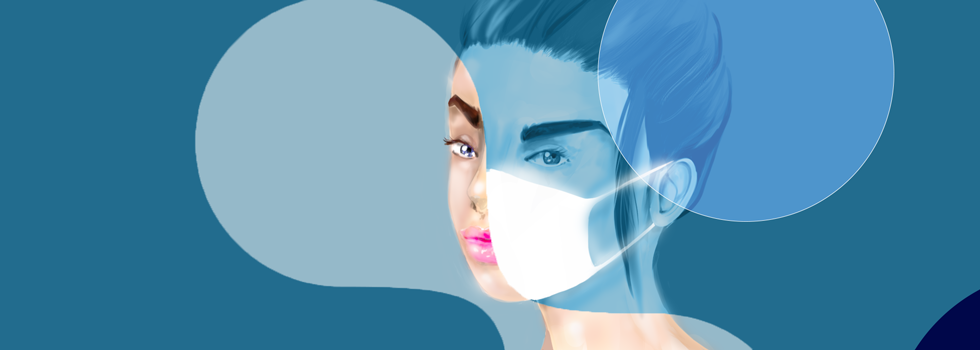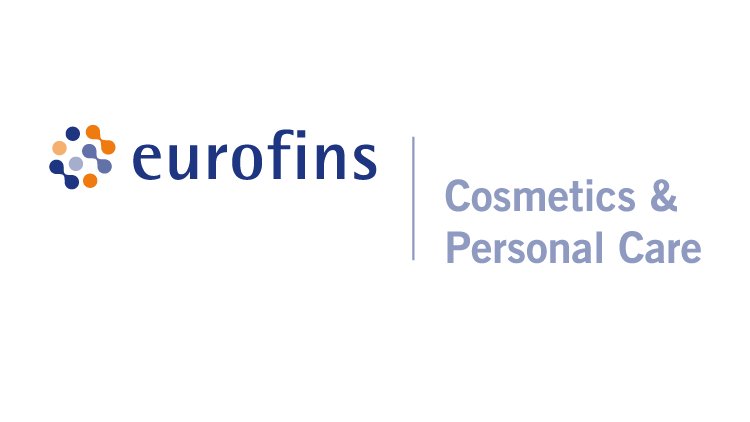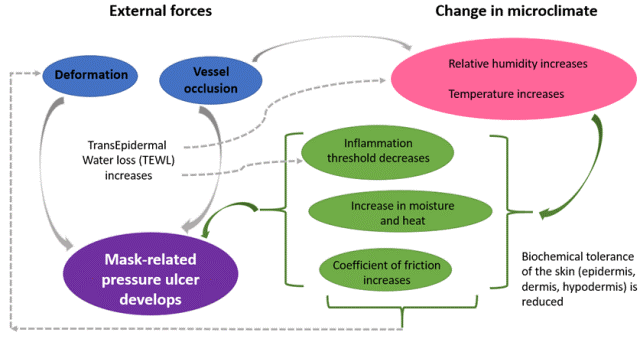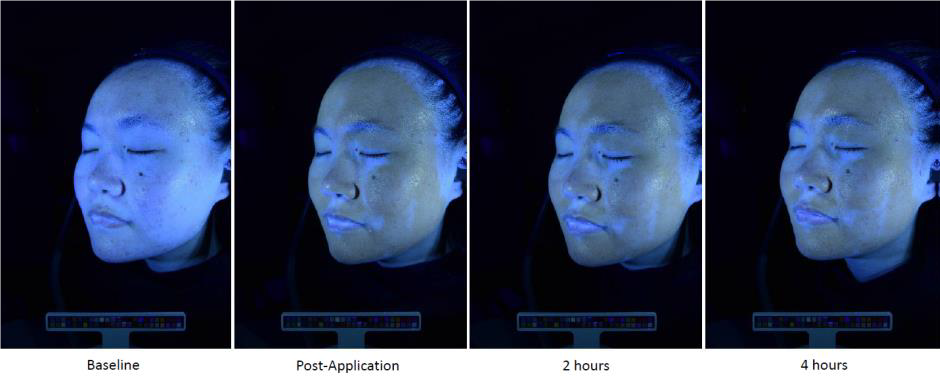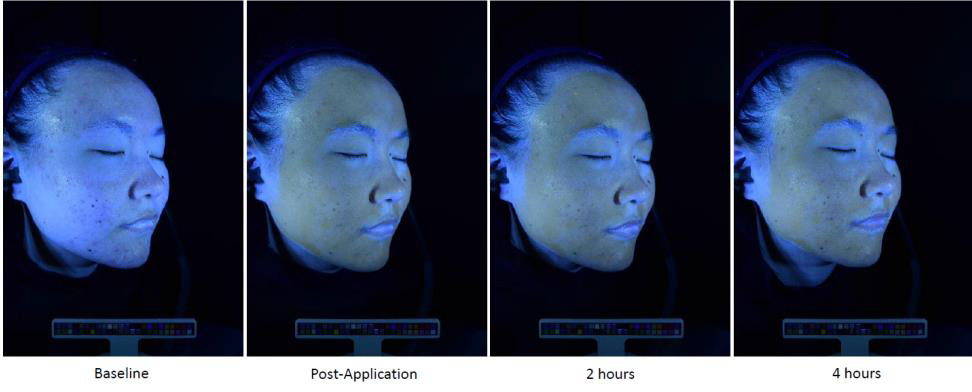Promotional Features
Innovative methods to test mask resistance for facial -colored cosmetics
Facial masks have become a way of life during these unprecedented times. Mask mandates have been implemented worldwide since the onset of the Covid-19 pandemic. However, this has not deterred consumers from using their color cosmetics. Consumers have been forced to adapt to this new ritual of constantly wearing their masks and taking them off while wearing their color cosmetics. Unfortunately, color cosmetics tend to transfer to fabrics and from the skin to masks rather easily, which reduces product coverage and performance over time. It has quickly become apparent that color cosmetics have not yet encountered this issue where the skin is in constant friction with the mask, whether it be an N95, a paper mask or a simple bandana. With the continuation of the pandemic and the constant ebb and flow of mask mandates, consumers will be looking for products that tackle this issue, which is, a product that can withstand the new challenge of wearing color cosmetics while constantly taking the masks on and off. Hence, there is a need for understanding the capabilities of a colored make-up and for quantifying the amount of color that gets transferred, over a period, while wearing a mask.
Under our mask, the carbon dioxide from our breathing accumulates, the temperature rises, as does the humidity. The first cases of skin damage logically appeared among medical staff, subjected to long working days in protective clothing with FFP2 or surgical masks. In order to provide maximum protection, these masks must be fitted as closely as possible to the nose and are therefore fairly airtight.
An article published in February 2020 in “Journal of Wound Care” analyzed the pressure damage that can be caused by Medical Devices, including masks [1]. Over a long period of time, wearers sweat under the mask, which locally increases humidity and temperature, lowers the threshold of inflammation, amplifies friction, and leads to damage mainly on the nose and cheeks.
Factors involved in mask-related pressure ulceration (adapted from Knotter et al.[2])
To a lesser extent, in the general population, we can see:
- discomfort appearing in people without previous medical history (irritation, redness, sensitivity, oily skin, dry lips, folliculitis of the beard),
- pathologies worsen in the presence of the mask (rosacea, acne or “maskne”, seborrheic dermatitis, psoriasis, etc.)
These problems, observed at the level of the nasal bridge, cheeks or chin, are linked to changes in the skin microenvironment under the mask.
In order to assess the protective, soothing, anti-friction and sebum-regulating effects of facial care against prolonged mask wear, we offer a set of protocols specifically adapted to this constraint.
A protocol was developed to evaluate the long-lasting effects of make-up/foundations, after 2 hours and 4 hours of mask use. The following analysis was performed: 1) In-Vivo with digital photography of the face to evaluate the quantity of product remaining on the face. 2) In-Vitro directly on the mask to evaluate the quantity of residue that has been transferred from the face to the mask. A long wear foundation and a non-long wear foundation were used for this study. We successfully compared the residue transfer and make-up coverage levels of the foundation over a period of four hours on subjects who either wore a mask or did not wear a mask. It was found that the mask had a significant impact on both foundations’ coverage levels over a four-hour period.
Foundation coverage over 2 and 4 hours per foundation type (non-long wear and long wear)
UV modality images of foundation at Baseline, post application, 2 hours and 4 hours (non-long wear).
Mask after 4 hours of wear
By developing a protocol to quantify the amount of color cosmetics transferred onto face masks, we can successfully conduct clinical evaluations to determine the ‘mask resistance’ of makeup products. This will allow for the industry to make improvements to the products that can tolerate masks, both for the purpose of the pandemic and for fields that require the constant on/off use of masks.
Eurofins Cosmetics & Personal Care has extensive experience with transfer resistance testing for facial color cosmetics. We have developed protocols to apply transfer resistance testing methodologies to evaluate the application of foundation, powder, or blush, coupled with short- or long-term wear of face masks, to determine a product’s facial retention ability and classification as “Mask Resistant.” This claim will resonate with consumers as they search for products that have minimal color transfer properties.
